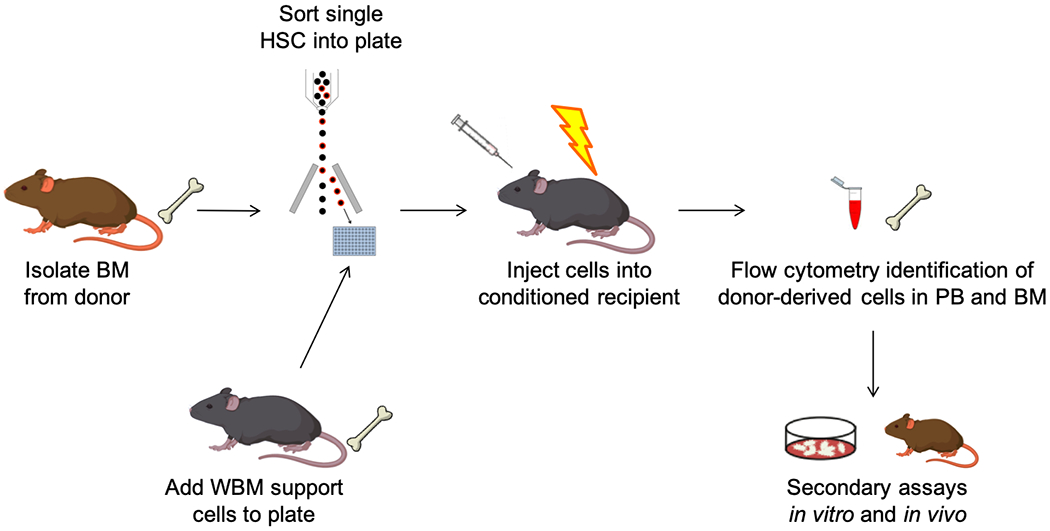Figure 1. Experimental steps for transplantation of single murine HSCs from adult bone marrow.

Long bones are harvested from donor mice, and a single cell suspension of BM cells is prepared. BM cells are stained with fluorochrome-labelled antibodies for FACS, and individual phenotypic HSCs are sorted into a cooled collection plate. A specified number of whole BM support cells is added to each well that contains a single sorted HSC, and the contents of each well are then collected into a syringe and injected (typically intravenously) into conditioned recipient mice (typically lethally irradiated). Donor-derived cells can be identified in the recipients through flow cytometry analysis of congenic markers and/or fluorescent reporter signals in serial biopsies (typically peripheral blood sampling or BM aspirations). These donor-derived cells can then be recovered by FACS from relevant tissues, and further tested in a multitude of secondary in vitro and in vivo assays.
